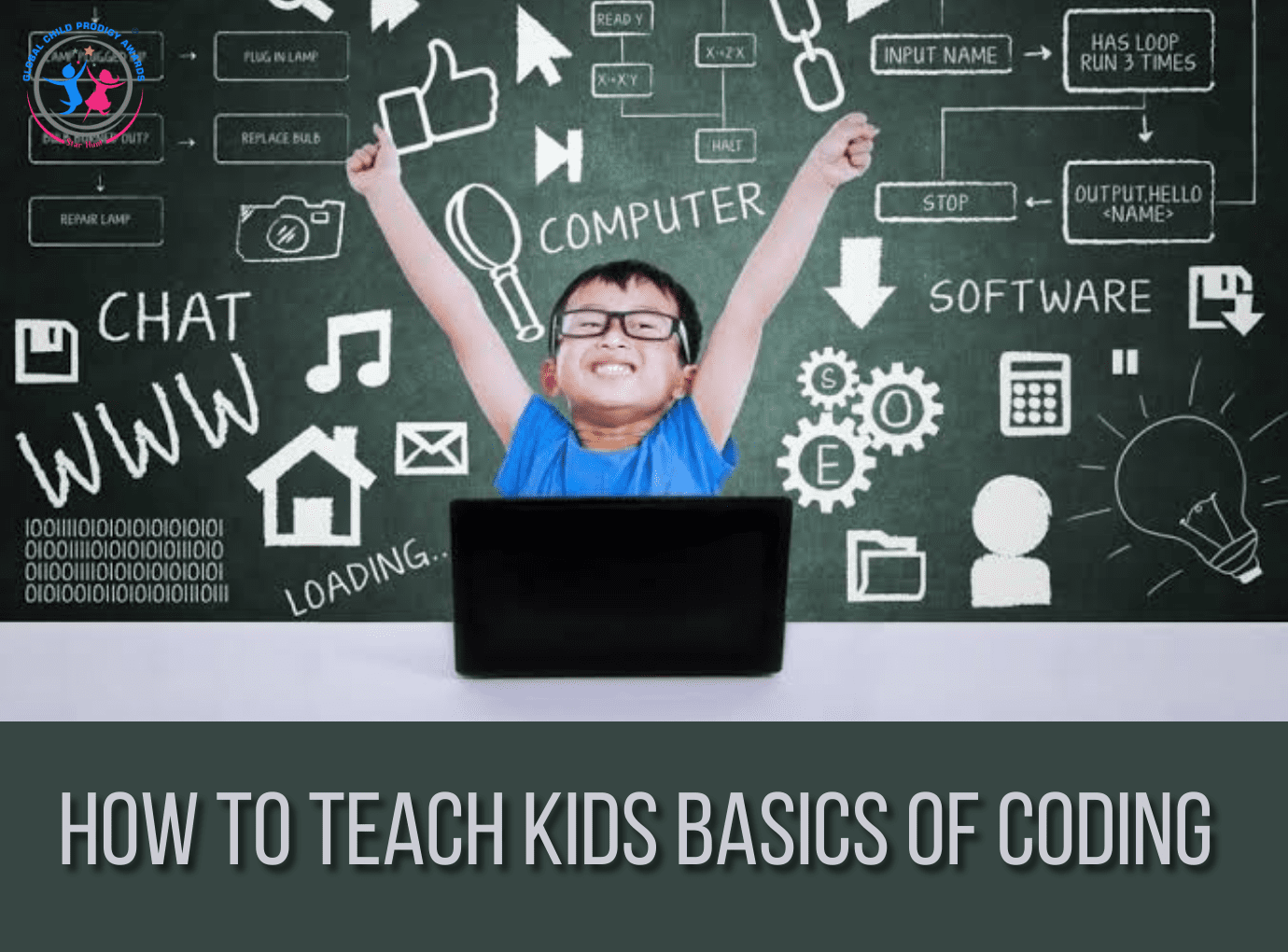Teaching kids coding is rapidly gaining popularity as more and more parents and educators see that it’s an essential skill best taught early and often. Many towns and cities have no option for learning quality coding. Many parents want their kids to know to code at their young age. Sometimes, kids often learn to program faster than adults because they don’t know how “difficult” is coding supposed to be.
Wait for a minute, and I’ll give you a quick overview of exactly what is coding?
The most straightforward definition of coding is how we communicate with computers. Code gives a signal and tells a computer what actions to take, and writing code is like creating a set of instructions. By learning to code, you can tell the computer what to do or respond in a much faster and suitable way. You can use coding to make websites, games, apps, process data, and do lots of other cool stuff.
Why should we introduce our kids to coding?
We all have hopes, plans, and dreams for the future of our kids. Your child might be interested in coding and have a great career ahead. The knowledge of coding helps your kid to get a good job opportunity in the future. Anyone at any age or in any profession can learn how to code!
As a parent, if you are a software developer or you have no programming background. We have some tips to help your child get started with programming:
1. Use Scratch for younger children and Python for older kids

Any modern web browser supports MIT’s Scratch-free programming tool specially designed for kids. Kids between the age of 8 to 13 have benefits due to Scratch’s simple graphical interface. The drag-and-drop code blocks of Scratch snap together. The MIT Scratch is too good for younger kids who haven’t developed their typing skills. For teens, Python is an excellent first programming language because it has a simple syntax. It produces readable codes, and the team of the company has a prominent and friendly developer.
2. Show source code for existing programs, not just talk about concepts.
Despite its academic reputation, coding and programming are the skills which require practice, more than reading books. If you’re teaching your child directly, writing code takes a long way compared to just talking concepts at them.
3.Games are the most fun programming projects.
Programming a videogame is a common starting point for many young coders. Flappy Bird, Minecraft, Candy-Crush, and Angry Birds are popular games and can be the prime source of information. But remember the games that your child likes might not make great programming projects when they’re just starting. Games that require too much level design and artwork can overwhelm beginners.
4.Keep your hands off the keyboard and the mouse of the child.

Sharing your knowledge with others is exciting. Sharing some information that you know about programming is excellent. But coding is a skill that is better learned with hands-on practice, so let the child do it and guide them whenever they make a mistake. You can teach kids coding basics.
5.Provide your child their computer, if teaching in a class.
If you are teaching a group of kids, try to give every student their computer. Coding is like playing a musical instrument that is learned with hands-on practice rather than watching someone else. This is the best way to teach kids coding.
The Global Child Prodigy wishes you Happy Parenting!!
Also read: How to protect your child from a bad influence?

Content creator at GCPA with 2 years of experience in content writing | Feel free to contact me at team@139.84.133.140

